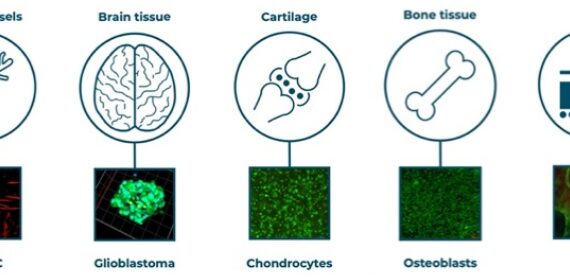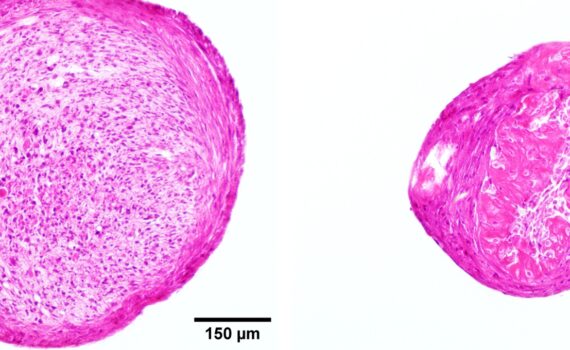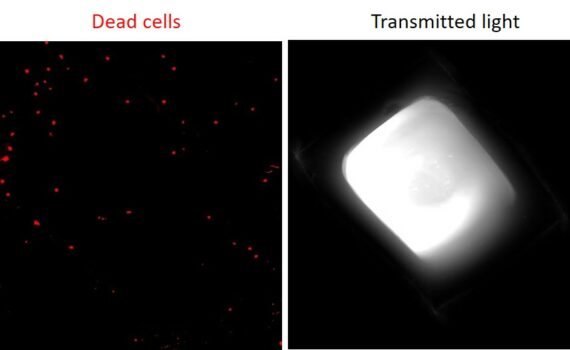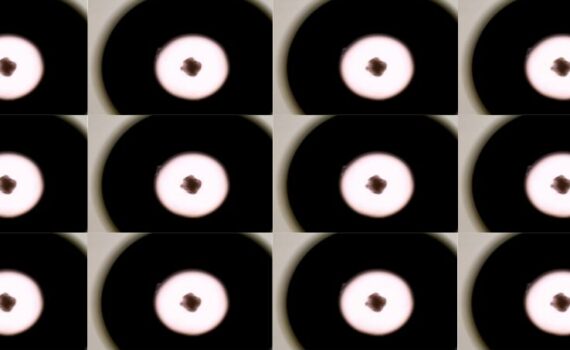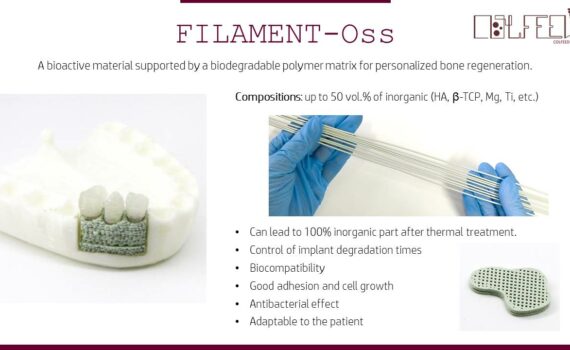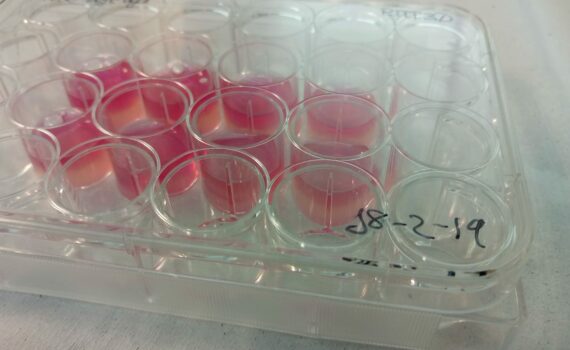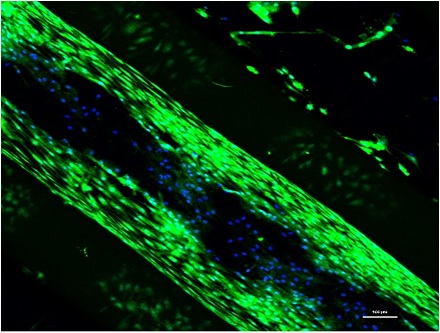00 INTRODUCTION GEL-MA INX© is a gelatin-based bioink that exhibits excellent biomimicry given it derives from natural collagen, the main component of the extracellular matrix. GEL-MA INX© is based on the functionalisation of gelatin by covalent attachment of methacryloyl moieties to its amine groups, yielding gelatin-methacrylamide (GEL-MA). GEL-MA INX© is […]
Tissue
+10 INTRODUCTION Hematoxylin-Eosin stain (H&E stain) is one of the main tissue stains used in histology. It is the most widely used stain in medical diagnosis and is often the gold standard in histopathology. H&E is the combination of two histological stains: hematoxylin and eosin. Nuclei stained with hematoxylin display […]
+10 Introduction Thermoplastic polyurethanes (TPU) are a category of materials broadly used for biomedical purposes thanks to their biocompatibility, elasticity and strength. Among the different manufacturing techniques, 3D printing technology has attracted significant attention for the production personalized TPU-based medical devices over the last decade. The preference of this technique […]
00 INTRODUCTION The cell aggregation is the combination of two cellular functions: cell-to-cell recognition and cell adhesion. In comparison with bidimensional (2D) cell culture, the three-dimensional (3D) cell aggregates provide functional microtissues that mimic the native tissue conditions of growth and adhesion. The aggregation can be done with cells from […]
00 “Next generation gelatin-based bio-ink.” Introduction X EASYGEL INX© is a gelatin-based shear thinning, cell-interactive ECM mimicking ink. X EASYGEL INX combines all the benefits of conventional gelatin/gel-MA based inks in combination with a highly improved printing process thanks to its shear thinning behavior, as schematically presented in Figure 1a. […]
+30 The printing process of FILAMENT-Oss is carried out by a Fused Filament Fabrication process (FFF/FDM). As any other Additive Manufacturing technique, the FFF creates a physical 3D object from a digital model (usually a CAD representation) which is sliced in layers at consecutive height levels. The process requires of […]
+100 Introduction: Injuries to the knee meniscus commonly lead to osteoarthritis. Current therapies for meniscus regeneration, including meniscectomies and scaffold implantation, do not achieve complete functional tissue regeneration. This has led to increased interest in cell and gene therapies and tissue engineering approaches to meniscus regeneration. The implantation of a […]
+20 Human articular chondrocytes were isolated as previously described (Lopez-Ruiz et al., 2013) Chondrocytes were grown in Dulbecco’s modified eagle’s medium (DMEM) – high glucose (Sigma) supplemented with 10% fetal bovine serum (Gibco), 50 microg/microL of l-ascorbic acid 2-phosphate (Sigma), 1% penicillin-streptomycin (Sigma), and 1% ITS (Gibco) in a 25-cm2 […]

